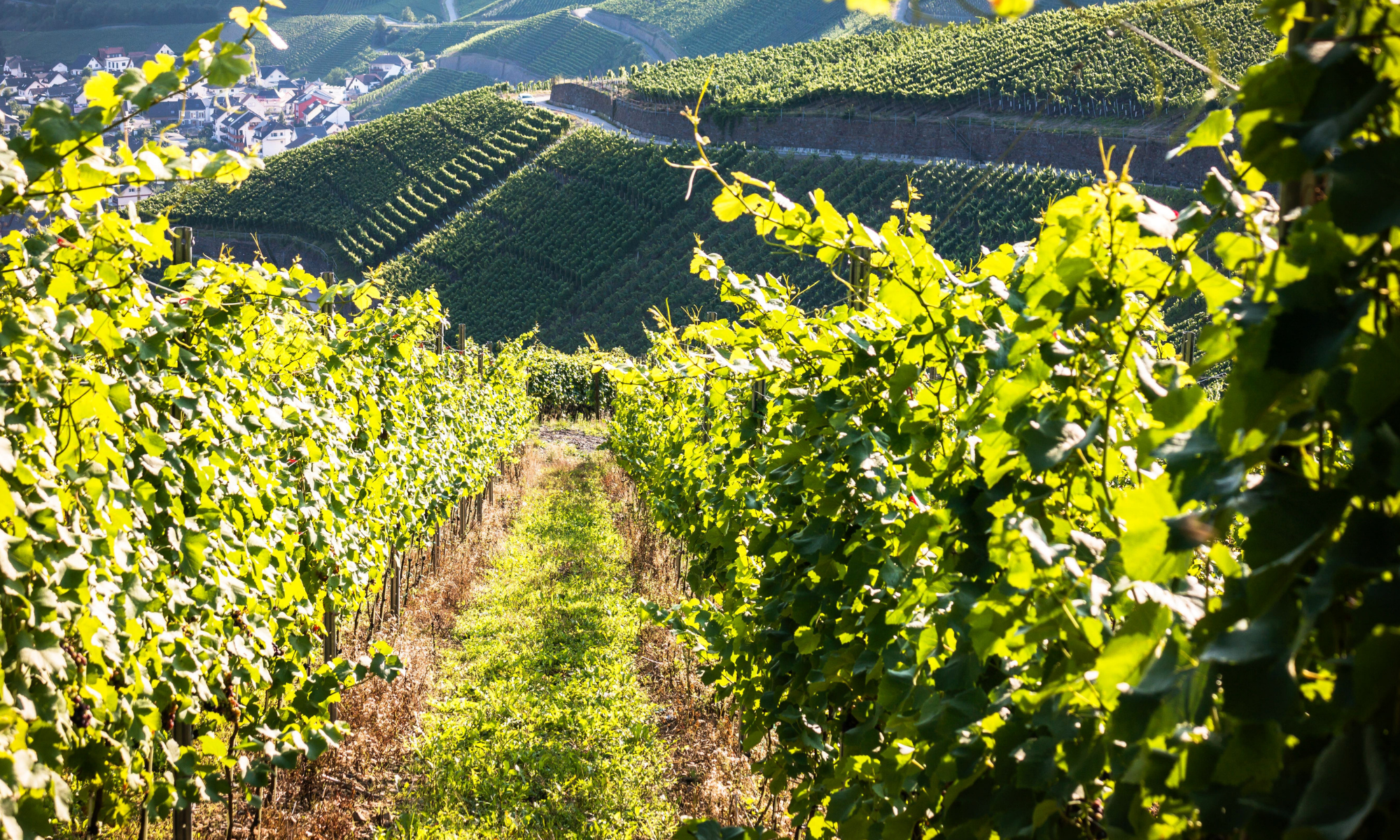Over at Wrapped in Foil blog, we are featuring the biography collection Animal Allies: 15 Amazing Women in Wildlife Research by Elizabeth Pagel-Hogan .

Elizabeth Pagel-Hogan has sorted the animals into five categories: birds, arthropods, sea creatures, reptiles and amphibians, and mammals. Within each category, she has found three amazing female scientists who study those types of animals. For example, Corina Newsome is saving seaside sparrows while Michelle LaRue uses satellites to study Antarctic birds. Lizzy Lowe takes on what many fear in researching spiders, and Erin Ashe lives out the dream of many studying dolphins and whales. Kristen Hecht chases the elusive hellbender amphibian while Enikö Kubinyi uses robots to get information on wolf pups.
As an entomologist, I went straight to the arthropod section. The first biography is of Dr. Corrie Moreau, who studies ants. She is currently working at Cornell University, where she is the curator of the insect collection. Corrie Moreau is passionate about ants, which comes across clearly in the text. We learn about her childhood, her education, about different aspects of the ants she studies (dracula ants!), and some of the pitfalls she encountered.
As for reading level, the suggested age is 12+, but mature middle graders will probably enjoy it as well.
Animal Allies is a must have collection for young readers who are interested in careers studying animals. It is also a wonderful choice for those interested in STEM, as well as nature lovers. Investigate a copy today!
And then hop, fly, or scoot over to Wrapped in Foil for the full review and an activity suggestion.
Copyright © 2022 Roberta Gibson All Rights Reserved.




















